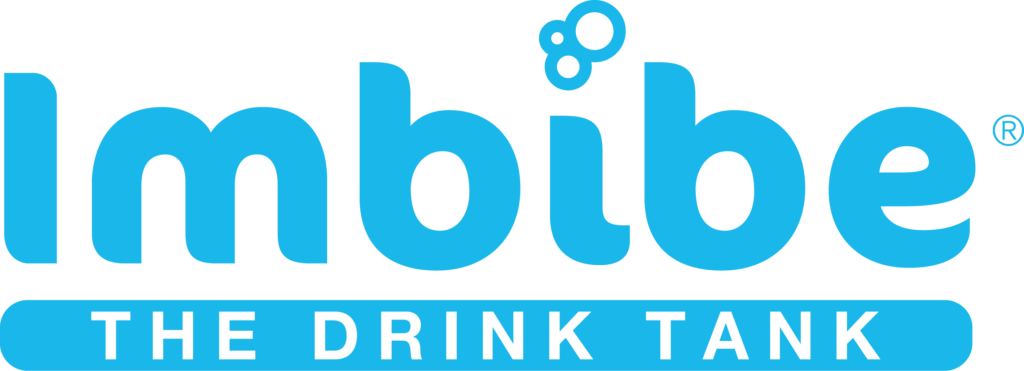
Hydration drink companies can look forward to a bright, energetic future.
It used to be that one hydration beverage dominated the market. Advertised to athletes, Gatorade, the longest-known sports drink, dates to 1965 when a Florida Gators coach looked for a remedy for his players’ dehydration. Popular belief until that time was that drinking anything—even water—would cause nausea and muscle cramping.
What a long way this industry has come.
Now, more and more hydration beverages line grocery store shelves. It’s not unusual to see a myriad of bottles littering the sidelines at sporting events, both amateur and professional.
But what does the term hydration really have to do with sports and functional drinks? What are individuals looking for when it comes to purchasing these types of beverages? And is there anything new—or better—about the drinks currently on the market versus hydration beverages of the past?
What Does Hydration Mean in Drinks?
According to an article “Hydration for Athletes” published on the website FamilyDoctor.org from the American Academy for Family Physicians, most individuals will perform just fine drinking plain water before, during, or after exercise.1 However, if exercise is very intense or lasts longer than an hour, sports drinks might be a good idea. Why? Because the added sugar, electrolytes, and calories can help support your system when it’s working extra hard.
…
New and Better: Hydration Beverages Now vs. the Past
While hydration beverages have traditionally followed a classic sports drink archetype, that is changing, says Erin Costello of drink developer Imbibe (Niles, IL). “With the rising popularity of hydration-boosting water enhancers, electrolytes have become the main source of this functionality,” she says. Aloe vera juice is also a frequent add-in to hydration beverages, Costello notes.
One trend she’s noticed is consumers gravitating toward products that offer multifunctionality. “Adding gut health support, immunity, heart health, or strength endurance to a product is much more compelling to the average consumer in 2022,” Costello says. “You can expect that more of the current products on shelves and new ones entering space will include some of these benefits in the coming years.”
To read the full article, visit Nutritional Outlook.




